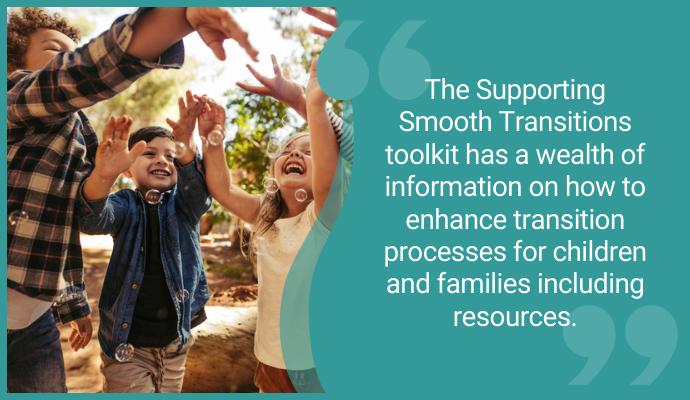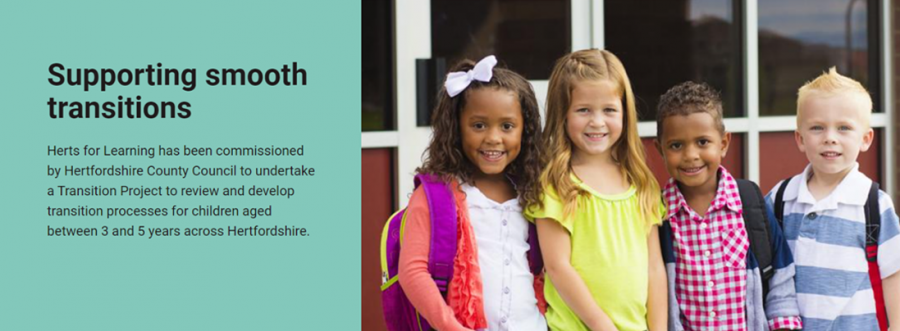
In 2011, the pupil premium grant (PPG) was introduced to help close the attainment gap between disadvantaged children and their peers. The funding is available for children in Reception to Year 11 and there is a set criterion for the eligibility for this funding found in the Pupil Premium overview:
- children who are eligible for free school meals, or have been eligible in the past 6 years
- children who have been adopted from care or have left care
- children who are looked after by the local authority
Service pupil premium (SPP) is additional funding for schools, but it is not based on disadvantage. Children are eligible for this funding if they have parent/carer:
- serving in HM Forces
- retired on a pension from the Ministry of Defence
Whilst this funding is a positive step in supporting disadvantaged and vulnerable children, there are a few challenges to identifying exactly who is eligible when starting Reception. These challenges include families’ lack of knowledge about the funding, later applications made due to children receiving universal free school meals or declining to apply through personal embarrassment. There are a few strategies that schools have implemented to help gather this information sensitively to ensure all eligible children are able to receive funding sooner.
Transition procedures
It is important to gather as much information about children and their families prior to staring school. The transition level of need tool (TLoNT) should help you to identify vulnerable children to help prioritise an enhanced transition process, however, all children need effective transition procedures in place to enable them to settle into school.
- contact with feeder settings – ensure that you make time to visit the new children at their feeder setting in the summer term (PVI/school nursery/childminder). If this is a challenge, make time to have a conversation with each child’s key person remotely (telephone/video call) to find out about the child’s interests and potential barriers to learning. Use these discussions to find out whether the child is in receipt of Early Years Pupil Premium (EYPP) funding as this may be an indicator of eligibility for PPG funding. Parents/carers will still need to apply for PPG funding even if the child is receiving EYPP funding.
- parents and carers – include the PPG application form in your admissions pack as many parents/carers like to ensure they have everything prepared for their child to start school. Alternatively, take the forms with you to home visits or when having 1:1 conversations prior to the children starting. This way, you can talk it through with parents/carers or even help fill them in with them if required. There are occasions, where through home visits, practitioners will identify a vulnerability for the family, however, this might not indicate that they are eligible for PPG funding. These families still need to be monitored to ensure that should they become disadvantaged, the school are able to provide them with appropriate support.
- school events – use induction meetings to provide families with information on how the school can support them with home learning and relevant support services if required. Make families feel welcome through informal meetings or workshops to help build positive relationships. This could also be an opportunity to provide them with time to complete relevant paperwork. If you have asked families to complete documents digitally, this might be a challenge. Consider providing laptops/computers/tablets for parents/carers to access in school.
The Supporting Smooth Transitions toolkit has a wealth of information on how to enhance transition processes for children and families including resources that can be sent directly to them during the summer holidays which is when many families are most vulnerable.
Communication
Review your communication procedures to ensure that they are accessible to all families. Consider conducting a survey to find out the most effect method of communication for your families.
- emails
- texts
- school digital platforms
- social media
- telephone/video calls
If there are challenges with families understanding the communication coming from the school, this may hinder information being gathered in a timely manner. Ensure that all communication is inclusive of the families in your school community. Do you use simple, concise sentences? Do you use images or icons to enhance your messages? Have you considered recording voice notes/messages for parents/carers to be able to listen to? Can your messages be easily translated into various languages spoken at home?
Take time to review how parents/carers can communicate with the school. It should be just as effective as how the school communicates with home.

Initiatives
It could be worth offering incentives to families in return for the information required to identify eligibility such as a free…
- book bag
- school jumper
- P.E. kit
This also enables all children, including those identified as disadvantaged, to have appropriate school clothing/equipment. Whilst this type of incentive requires an initial outlay it is worth considering the long term gains. Once a child has been identified as eligible for PPG funding they will be eligible for the rest of their time in the Primary phase, irrespective of changing circumstances.
NB A child in Reception will attract £1, 385 for the Reception year and a further possible £8,310 by the end of KS2. This is a considerable amount of money to improve outcomes for that individual.

Roles and responsibilities
Whilst it is everyone’s responsibility to ensure positive outcomes for every child, it is best practice to ensure that a member of staff’s role is to monitor and evaluate the impact of funding on outcomes for disadvantaged children. One part of this role should be co-ordinating the identification of eligible families. PPG funding can be used to fund this member of staff to spend an allocated amount of time per week/term to oversee this. It would be beneficial if this person’s role included…
- attending welcome meetings and parent consultations
- contacting parents/carers either face-to-face or by telephone
- liaising with external professionals
By implementing a range of robust strategies, you will be able to identify children eligible for funding. It is then that you can consider how to allocate the funding to improve outcomes for individuals and begin to address social inequality.
For further guidance on a supporting vulnerable and disadvantaged children look at:




